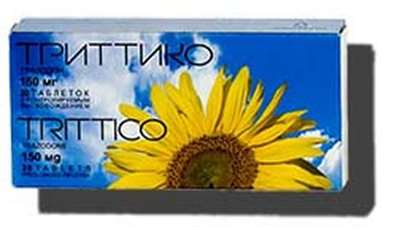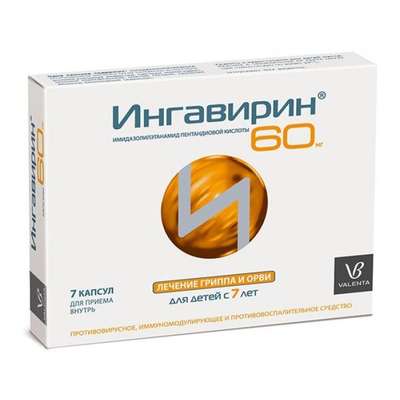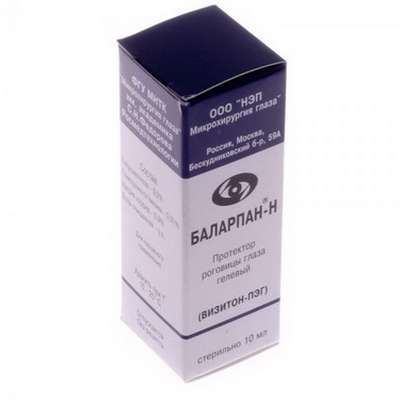Instruction for use: Testosterone (Testosteronum)
I want this, give me price
chemical name
(17beta) -17-Hydroxy-androst-4-en-3-one
Pharmacological group
Androgens, antiandrogens
Antineoplastic hormonal agents and hormone antagonists
Nosological classification (ICD-10)
E25 Adrenogenital disorders
Macroghenytozomy in boys, Adrenogenital syndrome, Decreased function of the sex glands, Congenital dysfunction of the adrenal cortex, Apera-Halle Syndrome, Crook-Apera-Halle Syndrome
E29 Testicular dysfunction
Hypofunction of gonads in men, Androgenic dysfunction, Dysfunction of the sex glands, Dysfunction of gonads in men, Underdevelopment of the genitals in men, Primary hypogonadism in men
F52.2 Lack of genital response
Secondary impotence, Hypoxeality, Impotence, Impotence on the basis of neurasthenia, Impotence on the background of functional nervous disorders, Impotence of different origin, Violation of potency, Erection disorder, Potency disorders, Erectile Dysfunction, Disturbances of an erection of a various genesis, Inadequate erection, Weakening the potency, The weakening of sexual activity, Erection loss, Decrease in sexual potency in men, Sexual disorders in men, Sexual disorders, Weak potency, Decreased potency, Reduced potency, erectile disfunction, Erectile dysfunction, neurogenic
N46 Male infertility
Azoospermia, Asthenospermia, Infertility, Infertility male, Marriage is infertile, Dispersion, Violations of spermatogenesis, Oligoastenozoospermia III-IV stage, Oligoastenospermia, Oligozoospermia, Oligospermia, Disorders of testicular functions, Spermatogenesis disorders, Inhibition of spermatogenesis, Yang syndrome
N50.8.0 * Menopause in men
Vascular complications of climacteric period, Menopause, Sexual weakness in elderly men, Climax, Men's Climax, Male menopause, Pathological menopause, Premature menopause, Menopausal disorders in men, Disorders in menopause, Menopausal Symptom Complex
N50.8.1 * Post-traumatic Syndrome
Radiation castration, Postcastration Syndrome, Postcastration Disorder
Code CAS 58-22-0
Characteristics of Testosterone
In medical practice, they are used in the form of ethers, incl. Testosterone propionate and testosterone undecanoate. Testosterone propionate is a white or almost white crystalline powder, practically insoluble in water, soluble in dioxane and vegetable oils rectified (1: 5) and absolute (1: 6) alcohol, chloroform (1: 2), ether (1: 100) . Molecular weight 344.5.
Testosterone undecanoate - molecular weight 444.7.
Pharmacology
Pharmacological action - antitumor, androgenic, anabolic.
Testosterone, the main androgen of the male body, is synthesized mainly in the testes and, to a lesser extent, in the adrenal cortex.
Testosterone causes the formation of masculine characteristics during intrauterine development, in early childhood, as well as during puberty, and subsequently ensures the maintenance of the male phenotype and androgen dependent functions (eg spermatogenesis). It also regulates metabolic processes in the skin, muscles, bones, kidneys, liver, bone marrow and CNS.
Depending on the target organ, the nature of testosterone is mainly androgenic (eg prostate, seminal vesicles, epididymis) or protein-anabolic (muscle, bone, hematopoietic system, kidney, liver).
The action of testosterone in some organs is manifested after the peripheral conversion of testosterone to estradiol, which then binds to estrogen receptors in the nuclei of target cells (eg pituitary, adipose tissue, brain, bones and testicular leidig cells).
Insufficient secretion of testosterone leads to male hypogonadism, which is characterized by low concentrations of testosterone in the serum. Symptoms associated with male hypogonadism include, but are not limited to, impotence, decreased sexual desire, fatigue, depressed mood, lack, underdevelopment or regression of secondary sexual characteristics, and an increased risk of osteoporosis. Exogenous androgens are prescribed to increase inadequate levels of endogenous testosterone and reduce symptoms of hypogonadism.
In men suffering from hypogonadism, the use of androgens reduces the body fat mass, increases the body's lean body mass, and also prevents the loss of bone tissue. Androgens can improve sexual function, and also have a positive psychotropic effect by improving mood.
After an injection of an oil solution of testosterone undecanoate, it is gradually released from the depot and is almost completely cleaved by serum esterases to testosterone and undecanoic acid. The increase in serum testosterone concentrations relative to baseline values can be determined as early as the day after the injection.
Cmax testosterone, 24 and 45 nmol / L, were determined, respectively, 14 and 7 days after a single IM injection of 1000 mg of testosterone undecanoate to men suffering from hypogonadism. Postmosminic testosterone levels declined from T1 / 2, approximately 53 days.
In serum of men, about 98% of circulating testosterone binds to globulins and albumins. After IV infusion of testosterone to older men, the apparent volume of distribution was determined at a level of approximately 1 L / kg.
Testosterone, formed from testosterone undecanoate as a result of cleavage of the ester bond, is metabolized and excreted from the body in the same ways as endogenous testosterone.
Testosterone is significantly metabolized in the liver and beyond. After the administration of labeled testosterone, about 90% of the radioactivity is detected in the urine as glucuronide and sulfate acid conjugates, and 6% after passage of the enterohepatic circulation is found in feces. Urine-specific foods include androsterone and etiocholanolone.
After repeated I / m injections of 1000 mg of testosterone undecanoate to men suffering from hypogonadism, with an interval between injections of 10 weeks, the equilibrium concentration was reached between the 3rd and 5th injections. The mean Cmax and Cmin values of testosterone in the equilibrium state were about 42 and 17 nmol / L, respectively. The postmaximum levels of testosterone in the serum decreased from T1 / 2, equal to about 90 days, which corresponds to the release rate of the substance from the depot.
Undecanoic acid is metabolized by β-oxidation in the same way as other aliphatic carboxylic acids.
After oral administration, mainly biotransformed in the liver to a little active androsterone and inactive ethiocholanolone, which are excreted in the urine in the form of glucuronides and sulfates; About 6% of the dose is excreted in feces unchanged; T1 / 2 - 10 to 100 minutes; 98% bind to proteins (mainly with globulins, which also bind oestradiol).
Indications
Insufficiency of androgens in men: delay in puberty, oligospermia, post-stroke syndrome, underdevelopment of genital organs, hypopituitarism, infertility in case of spermatogenesis, climacteric syndrome, impotence, osteoporosis.
In women: hyperestrogenism, uterine myoma, endometriosis, menopause (combined with estrogens), premenstrual tension syndrome, breast cancer, osteoporosis.
Contraindications
Hypersensitivity, established or suspected carcinoma of the prostate and / or mammary gland, nephrosis or nephrotic phase of nephritis, hypercalcemia, edema, dysfunction of the liver and kidneys, diabetes mellitus, prostatic hypertrophy with symptoms of micturition, cardiac and coronary insufficiency, myocardial infarction in anamnesis, Atherosclerosis in elderly men, pregnancy, breast-feeding.
pregnancy and lactation
The action category for fetus by FDA is X.
Side effects of Testosterone
Premature puberty, anomalies and prostate cancer, increased sexual arousal and increased erections, penis enlargement, priapism, oligospermia, decreased ejaculate volume, sodium and water retention, premature bone growth zones closure; Headache, depression, anxiety, sleep disturbance, paresthesia, bleeding in the digestive tract, nausea, cholestatic jaundice, other androgenic effects (including hirsutism, seborrhea, acne).
Interaction
Increases the effect of indirect anticoagulants (warfarin, nikumalon, phenylin) and hypoglycemic agents, inhibits the excretion of cyclosporine. Barbiturates and alcohol reduce the effect.
Routes of administration
Inside, in / m, p / k.
Precautions
When androgen-dependent adverse reactions occur, treatment is stopped before they disappear and are resumed in reduced doses.

 Cart
Cart





